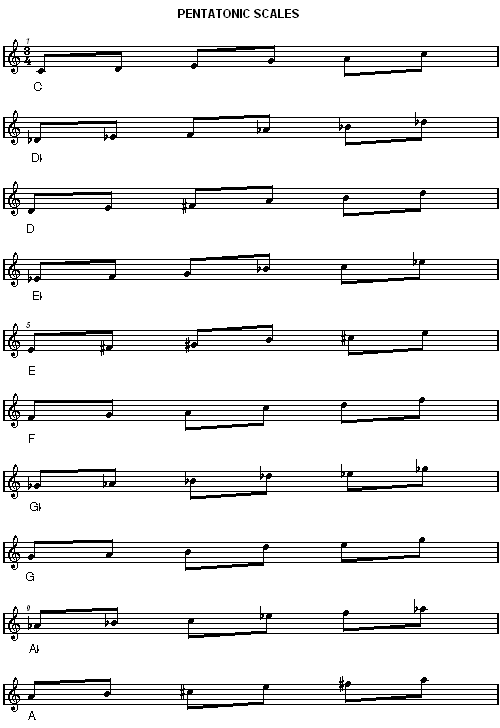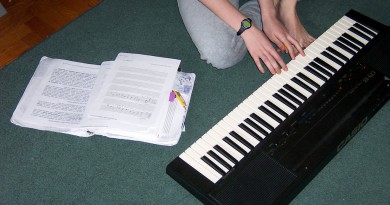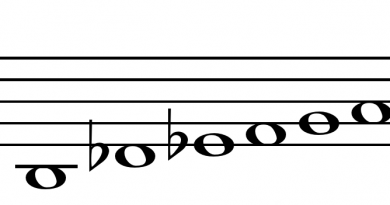Pentatonic scale Chart for Jazz Improvisation
Pentatonic scales are made up of five sounds only. They are similar to major scale but they are different from it, as they do not have the 4th and 7th notes. They are very used in every musical style and all over the world.
In this page you can find a pentatonic scale chart to study on your own music
instrument.
I can state they are the nicest scales to hear. We find them in rock, in ethnic, Arabian, Chinese, south American music, in jazz, in pop or light music, in blues, in soul and so other forms.
Classical music is rich in these scales too: Debussy is a great example of it.
Particularly they are suitable to compose or to improvise to these chords:
- major seventh or sixth – for example : pentatonic C on C maj 7 or C6)
- dominant seventh – pentatonic C on C7
- minor seventh – for example pentatonic Bb on C min 7 or on Cmin7
- half diminished – pent. Bb on D min 7b5

How to use pentatonic scales in music improvisation
Sometimes these scales can be used also in an independent way compared to the chord that is they can be used freely without thinking to melodic rules above all in the improvisation. It is to be said again that there are no melodic laws for many music improviser; they play completely free without thinking to possible mistakes.
- Pentatonic scale chart : here is a list of the 12 pentatonic music scales
to play on your instrument.


- I suggest you to learn them by heart and to improvise on a unique chord, using the notes of one or two pentatonic scales, which are diatonic to the chord itself that means they do not have notes being external to the chord or to the key, the chord belongs to. You can improvise on Cmin7 using Bb, Eb or also F pentatonic scales.
Considerations on the charts about pentatonic scales
I remember the ideal in improvisation is not to play the notes of the scale that is suitable to the chord. At random, it is not to follow improvisation schemes or patterns you have learnt by experience too. The aim is above all to avoid unsolved dissonances, melodic tensions without solution and notes, “playing not well” in that context and in that chord.
Therefore, you have to follow harmonic and melodic rules as much possible, with some exceptions, of course: in fact, the artist can sometimes create a particular harmonic tension with some dissonances or cluster effects that he created.
- Pentatonic scales can be so played more freely compared to the other ones; you can observe that many famous songs such as “Summertime” and “I got rhythm” by Gershwin are above all based on them. In rock and pop music, solos or improvisations use pentatonic scales very much.
I hope this pentatonic scale chart can be helpful for your music studying.



